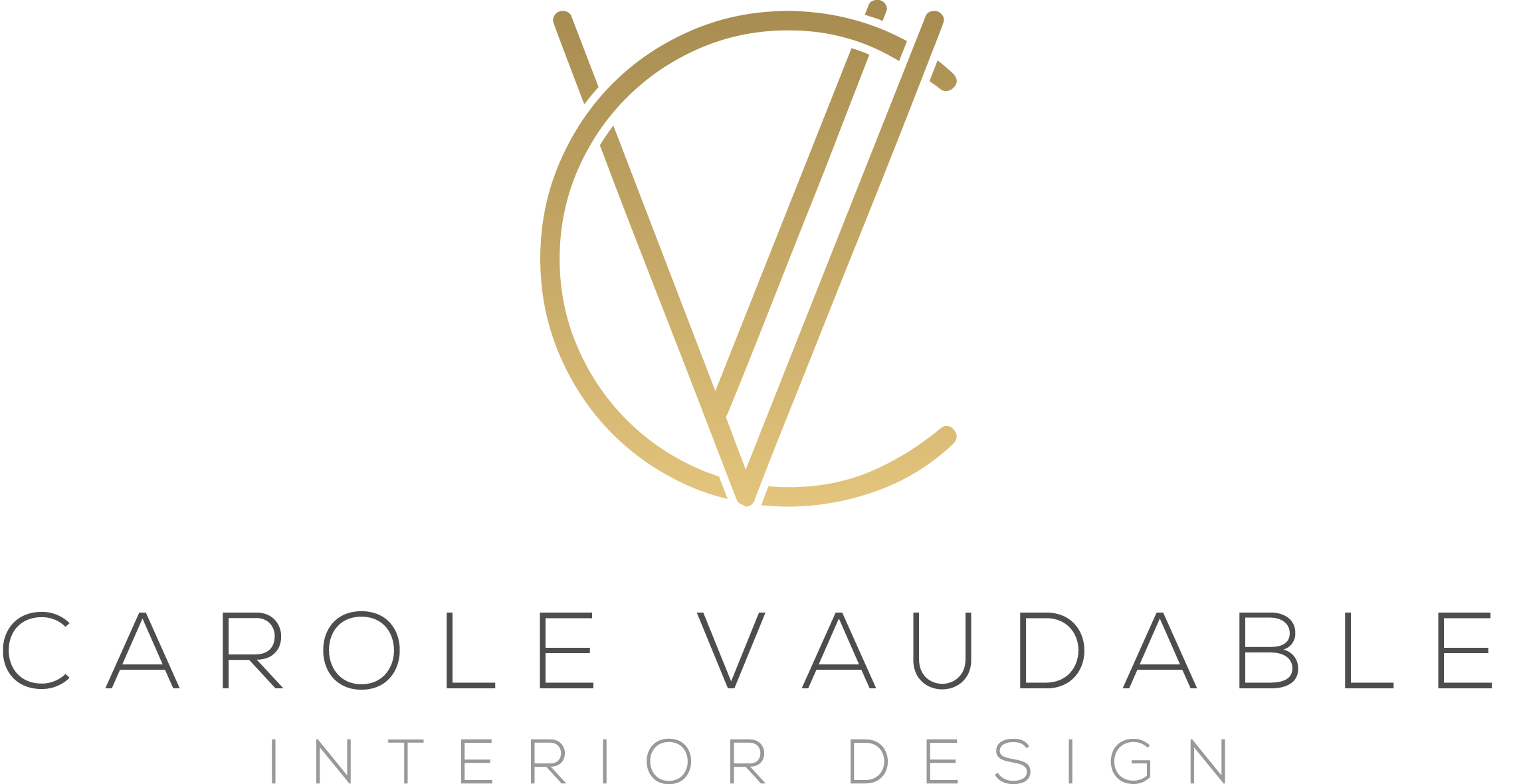Invisible Design: The Art of Minimalism and Clever Storage Solutions
Let me start with a little anecdote from a recent project. I have this client, Sara, who's immersed in the New York city rush, yet she yearned for a calming retreat amidst her tech and trinkets. We delved into invisible design, and something remarkable happened. As her clutter dissolved into hidden storage and sleek lines, she found not just a physical transformation but a psychological one too. Her home became a peaceful place, easing her mind from the chaos and giving her a spot to relax and recharge in the busy city. This is where invisible design came into play.
1. Multi-functional furniture:
One of my favorite tricks is using multi-functional furniture. For my client Sara, we chose a sleek sofa with hidden storage compartments and a coffee table that doubles as a desk. This way, she can keep her space tidy without sacrificing functionality. The key is to select pieces that are simple and elegant and blend seamlessly with the rest of the decor.
2. Next, you want to hide your technology:
Concealing wires and devices:
Technology is a double-edged sword in interior design. It’s essential but can often disrupt the aesthetic flow of a room. For my client Sara’s apartment, we used furniture with built-in cable management systems. Her TV is mounted on the wall with wires neatly tucked away, and her sound system is integrated into custom cabinetry. It’s all about finding clever ways to hide the mess without losing access.
Built-in solutions:
Another one of my clients, Mike, loves his home theater but doesn't want it to dominate his living room. We installed a motorized projector screen that retracts into the ceiling when not in use and built-in speakers that blend into the walls. The result? A high-tech entertainment setup that’s virtually invisible until needed.
3. Clever storage solutions
Hidden storage: Maximizing storage without compromising on style is an art form. In the case of Sara, we created hidden storage solutions like a bed with drawers underneath and custom shelves with concealed compartments. These additions provide ample space to store her belongings while maintaining a clean, uncluttered look.
Built-in shelving: I often recommend built-in shelving units for clients who need extra storage but want to avoid bulky furniture. For Mike’s home office, we installed floor-to-ceiling shelves that offer plenty of storage while keeping the room airy and open. The shelves are painted the same color as the walls, making them blend seamlessly into the background.
The power of minimalist design isn’t just about aesthetics; it’s about creating a space that feels good to live in. Invisible design helps reduce stress by eliminating visual clutter and making it easier to keep things organized. It’s about thoughtful choices and clever solutions that enhance both the beauty and functionality of your home.
If you're feeling overwhelmed by clutter or struggling to integrate technology into your decor, consider giving invisible design a try. Remember, it’s not about getting rid of everything you love; it’s about finding smart ways to store and showcase your belongings. Your home should be a sanctuary, and invisible design can help make that a reality.
Have you tried any minimalist or invisible design techniques in your home? I’d love to hear about your experiences in the comments below!
Written by Carole Vaudable, interior designer
Bathroom designed by Carole Vaudable.

